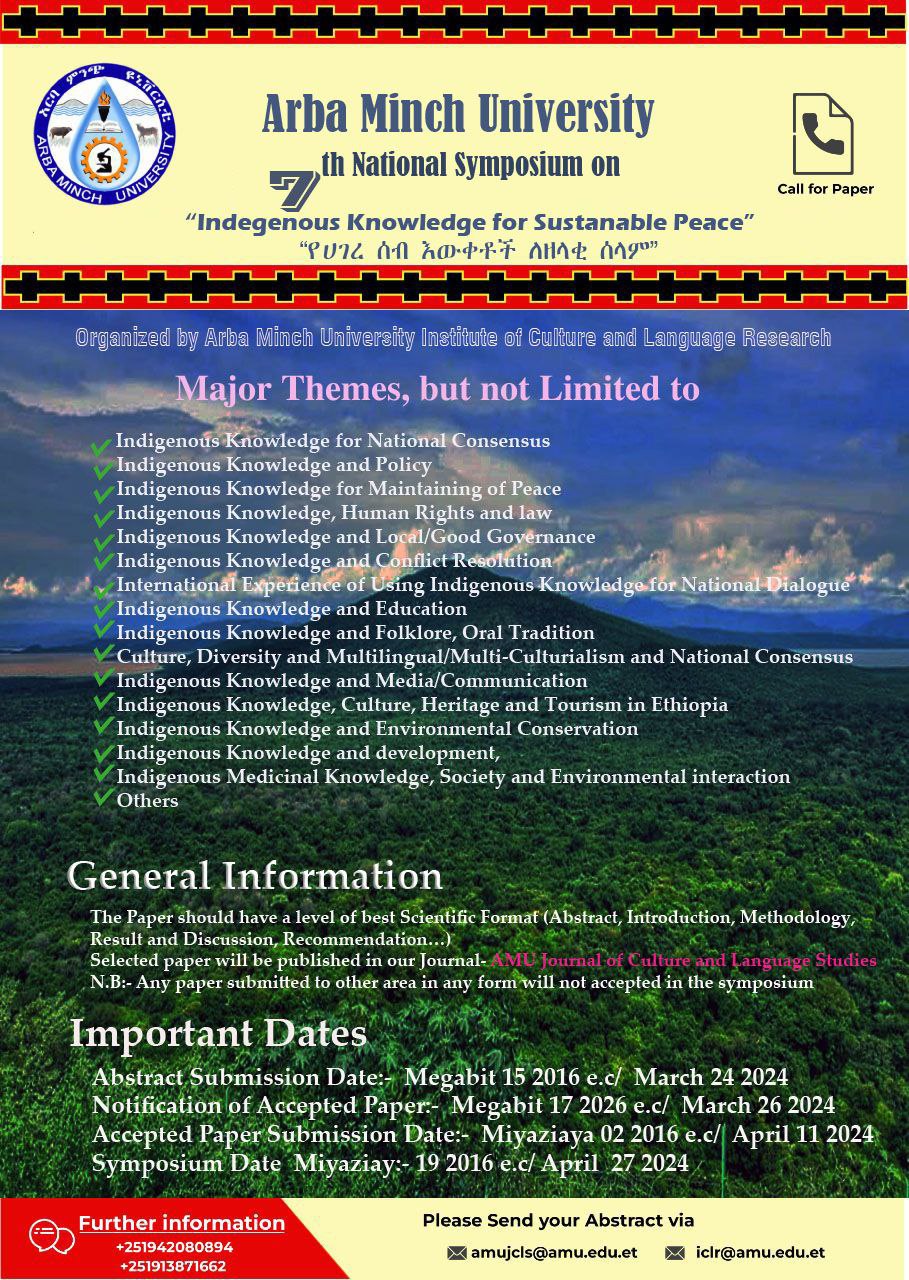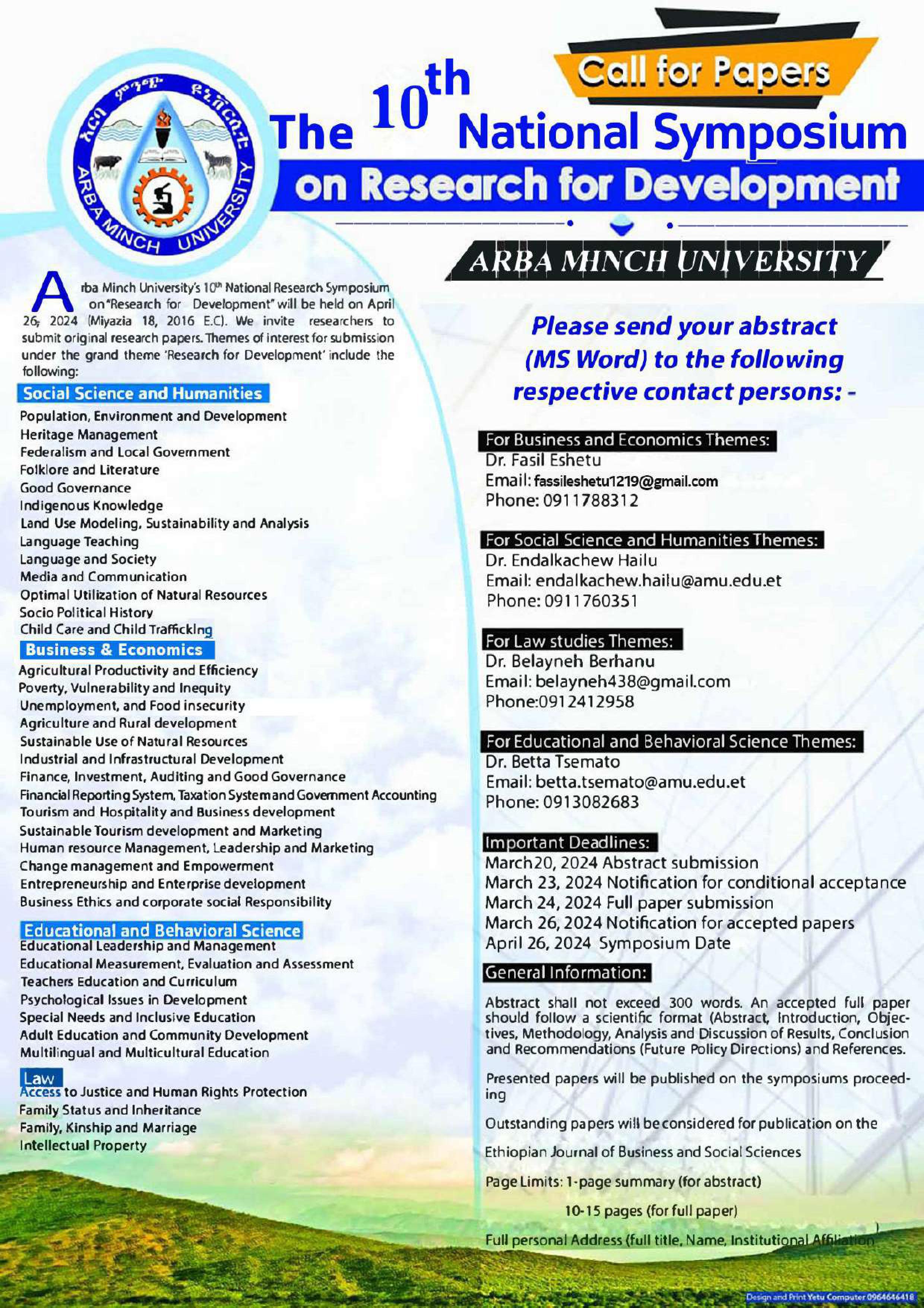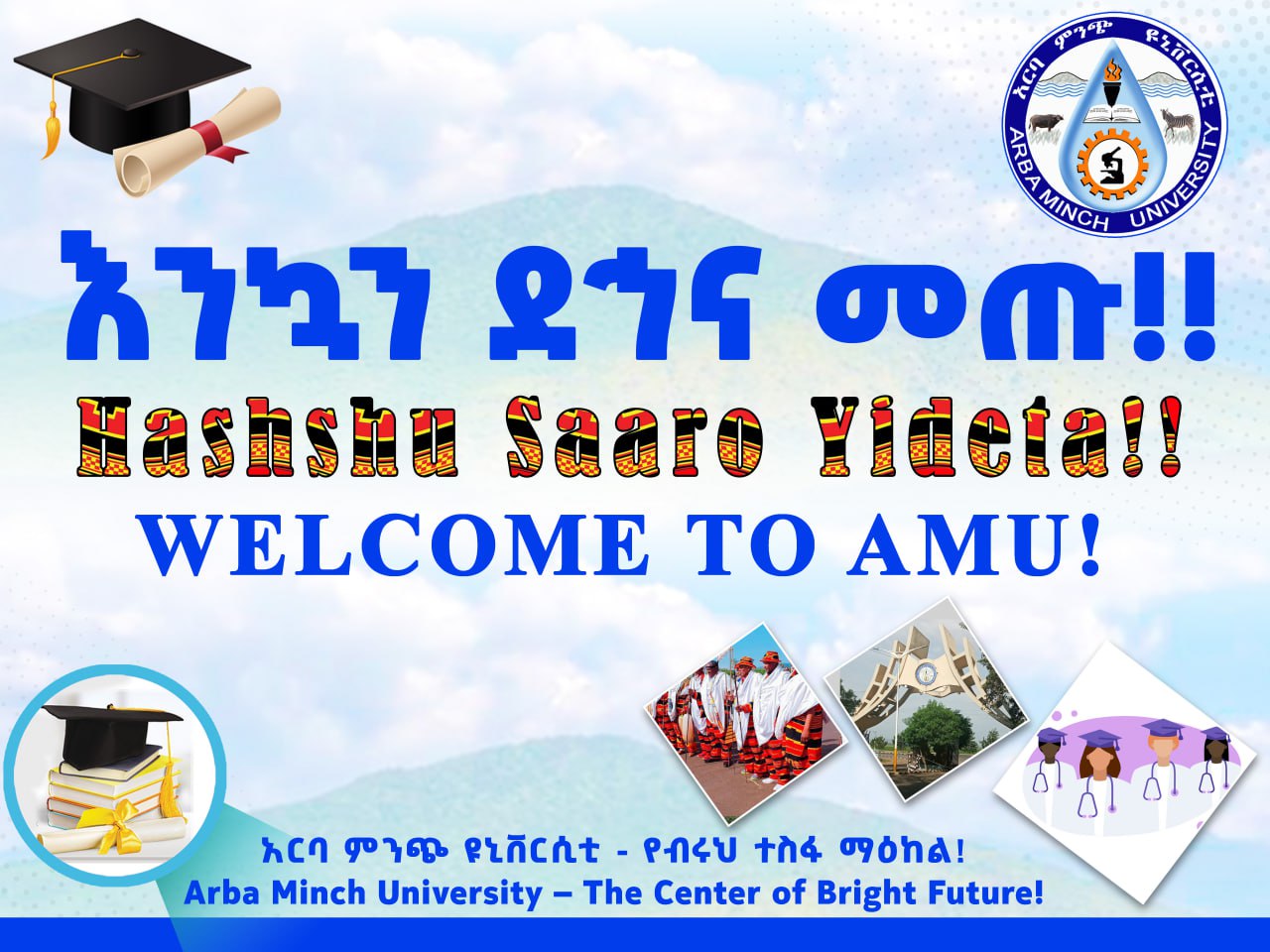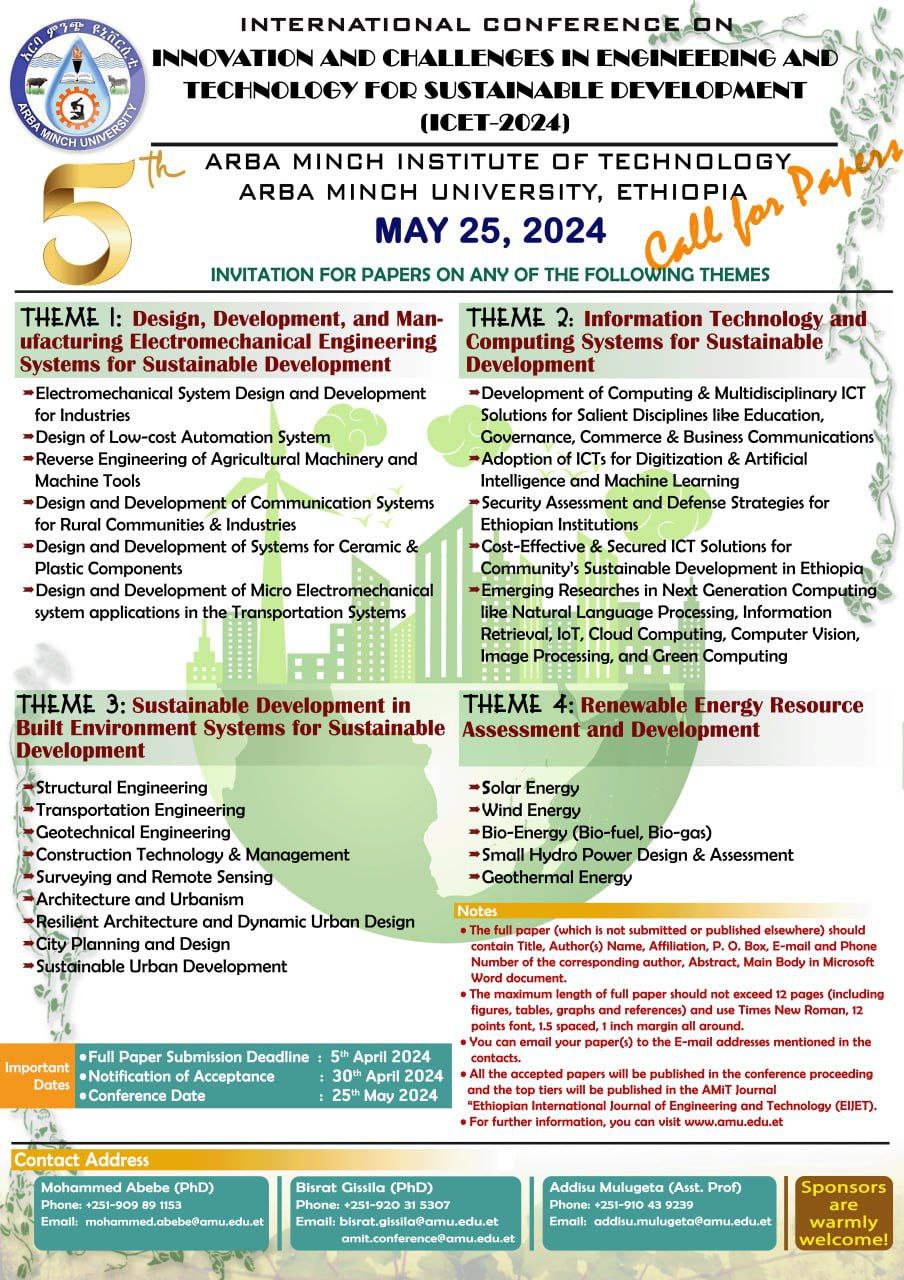Prof. Matthieu Kervyn, Vrije Universiteit Brussels, a Flemish physical geographer with 10 years of deep understanding of African Rift Valley, spoke about Ethiopia’s geo-topographical scenario and some of its underlying geomorphologic hazards.
On Rift Valleys, he said, working with African Rift Valley in different countries, I observed them to be an interesting as their geographical and topographical variation precipitate erosion and geographical hazards such as earthquake, landslide and volcanic eruption.

On Ethiopian context, he opined, its dry climate, water scarcity and density of people living under the land is extremely high, so these parameters make land degradation more severe here. However, there is a good perception, awareness and capacity to tackle the challenges.
Dwelling into causative factor, he said, ‘‘It occurs mostly on the border of rift valley where rocks are fragile, slopes steep, rainfall intense over short period, indiscriminate deforestation and transition to agriculture lands due to population growth. These entire combined make that we have bare rocks and soil that cause erosion, landslide, gulleys and sedimentation. It considerably harms soil fertility as it moves sediments away and decreases the chemicals from the top soil and you have shallower slopes.’’
Unraveling the modus operandi of AMU project, he said, ‘‘We will work in the catchment by going to the higher lands and study what happens at different places and soil types. Close to the lake too much sediment is deposited and we have to understand the process. Different scales like places of concentrated erosion and each of these topics have to be evaluated.
On corrective measures, he informs, building stone bunds and trenches, suggesting new agricultural practices will mitigate sediment deposition. And it’s also important to understand the functioning of rivers. As a project leader, I will formulate the objective, build team of experts on both side, and coordinate these actions; I will work on the issue of landslide and gulley.
To begin with, we will know where these things happen and what the controlling factors are and once we have this understanding, we can recommend specific measures. It can be in terms of land use practice, reforestation, stopping the runoff of water in these areas.
In the first phase, we will build AMU’s capacity to develop fundamental research to tackle practical problems. So in the first five years, we can expect there are several experts who are trained in developing research in the soil geo-morphological and issues pertaining to sediment.
Describing Ethiopian Rift Valley, he said, they have large ingredients with variation in litho-logy rocks, lots of topographic and climatic variation and all of those in over short distance.’’
Prof. Matthieu Kervyn is coordinating with his AMU counterparts on project, ‘Reversing land degradation for sustainable economic development in South Ethiopian Rift Valley.’
(By Corporate Communication Directorate: Philips Joseph)

